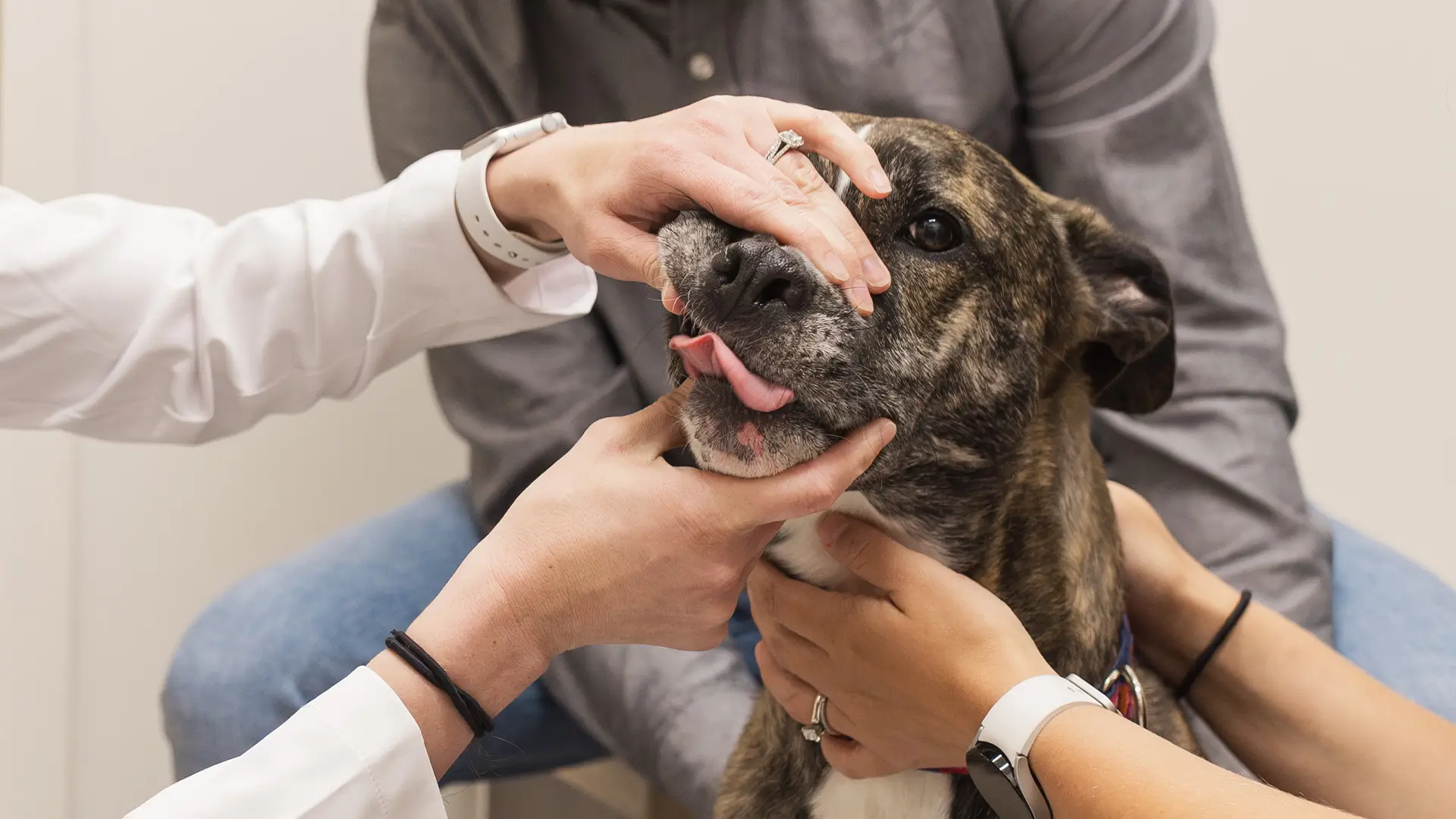Keeping your dog’s teeth clean isn’t just about fresh breath—it’s essential for their overall health and happiness. Periodontal disease is one of the most common health issues in dogs, and if left untreated, it can lead to pain, infection, and even organ damage. The good news? With the right care, you can prevent pet dental disease and keep your pup’s tail wagging for years to come. Let’s dive into what every pet parent should know about periodontal disease in dogs.
What is Periodontal Disease?
Periodontal disease is a bacterial infection of the gums and supporting structures of the teeth. It starts with plaque buildup—a sticky film of bacteria—that hardens into tartar if not removed. Over time, this leads to gum inflammation, tooth decay, and even tooth loss.
What Causes Periodontal Disease?
Several factors contribute to periodontal disease in dogs, including:
- Poor oral hygiene: Lack of regular brushing and professional cleanings allows plaque and tartar to accumulate.
- Diet: Soft or sticky foods can promote plaque buildup, while some kibble and dental chews help clean teeth.
- Breed predisposition: Smaller breeds and flat-faced dogs are often more prone to dental issues.
- Age: Older dogs are more likely to develop periodontal disease due to years of plaque buildup.
- Genetics: Some dogs are genetically predisposed to poor dental health.
Symptoms and Stages of Periodontal Disease in Dogs
Periodontal disease progresses in stages, and early detection is key to preventing severe complications. If you notice any of the following symptoms, schedule a dental checkup with us as soon as possible:
- Stage 1: Gingivitis – Red, swollen gums, and mild bad breath.
- Stage 2: Early Periodontitis – Plaque buildup, increased inflammation, and occasional bleeding gums.
- Stage 3: Moderate Periodontitis – Significant tartar, gum recession, pain, and loose teeth.
- Stage 4: Advanced Periodontitis – Severe infection and tooth loss.
Importance of Preventive Dental Care for Dogs and Cats
The best way to protect your dog’s oral health is through proactive dental care. Regular maintenance and at-home care help prevent costly and painful dental issues. We recommend consulting your veterinarian to find the best solution for your pet’s specific needs. Here are some common preventative care options:
- Daily brushing: Use a pet-safe toothbrush and toothpaste to remove plaque.
- Regular dental checkups: Professional cleanings at your vet’s office help catch problems early.
- Dental chews and toys: These can help reduce plaque and tartar buildup.
- Specialized diets: Some dog foods are formulated to support dental health.
- Water additives: These can help reduce bacteria and freshen breath.
Treatment of Periodontal Disease for Dogs
If your dog is diagnosed with periodontal disease, treatment depends on the severity of the condition. Options may include:
Professional Dental Cleaning
A thorough dental cleaning under anesthesia removes plaque and tartar from above and below the gum line. This process also allows our veterinarians to assess the overall health of your dog’s teeth and gums, addressing any hidden concerns before they become major issues.
Antibiotics
If periodontal disease has led to an infection, your vet may prescribe antibiotics to control bacteria and prevent it from spreading further. Consult with your vet to ensure this is a safe option for your pet.
Tooth Extractions
In severe cases where teeth are too damaged to be saved, extraction is the best option to relieve pain and prevent further oral health deterioration. Removing diseased teeth can also stop bacteria from spreading to healthy areas of the mouth.
Ongoing Dental Care Plan
After treatment, your vet will recommend a customized dental care plan to prevent future issues. This may include at-home brushing, dental chews, specialized diets, and regular veterinary check ups to maintain your dog’s oral health.
Recovery and Management
After a dental procedure, your dog may need some extra care to ensure a smooth recovery. Feeding a soft diet can help prevent discomfort while their mouth heals. Your veterinarian may also prescribe pain medications to keep them comfortable during this period. It’s important to closely monitor your dog’s eating habits and behavior, as any changes could indicate complications. Once your dog has fully healed, continuing a regular at-home dental care routine—including brushing, dental chews, and professional cleanings—will help maintain their oral health and prevent future issues.
Schedule a Dental Checkup with Our Maple Grove Vet Clinic
Don’t wait until dental disease becomes a problem; schedule a dental checkup today! At Maple Grove Pet Hospital, we’re here to help you keep your pet’s smile healthy and pain-free. Whether your pup needs a routine cleaning or treatment for periodontal disease, our experienced veterinary team is ready to provide the best care possible.
